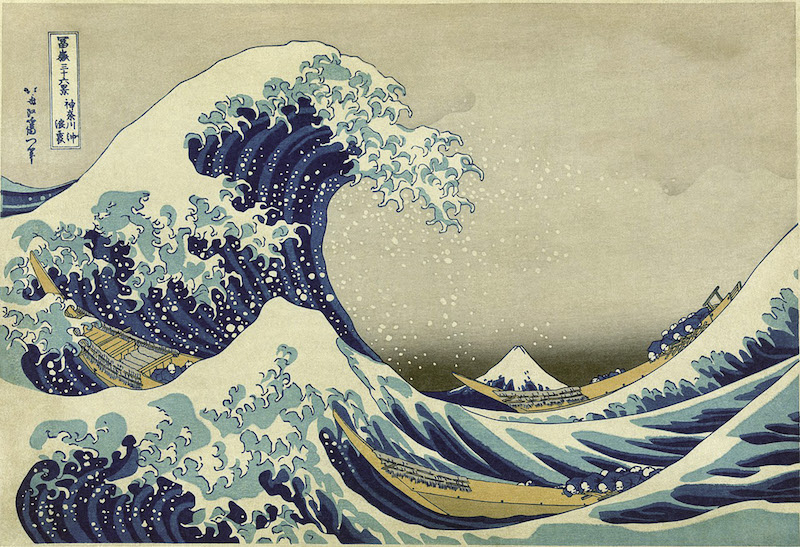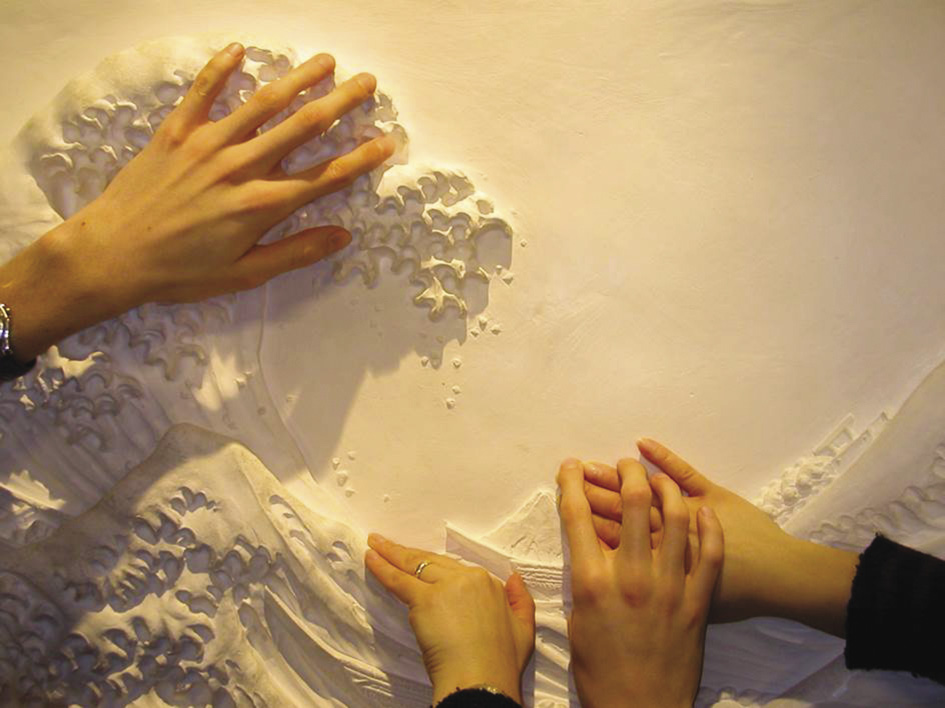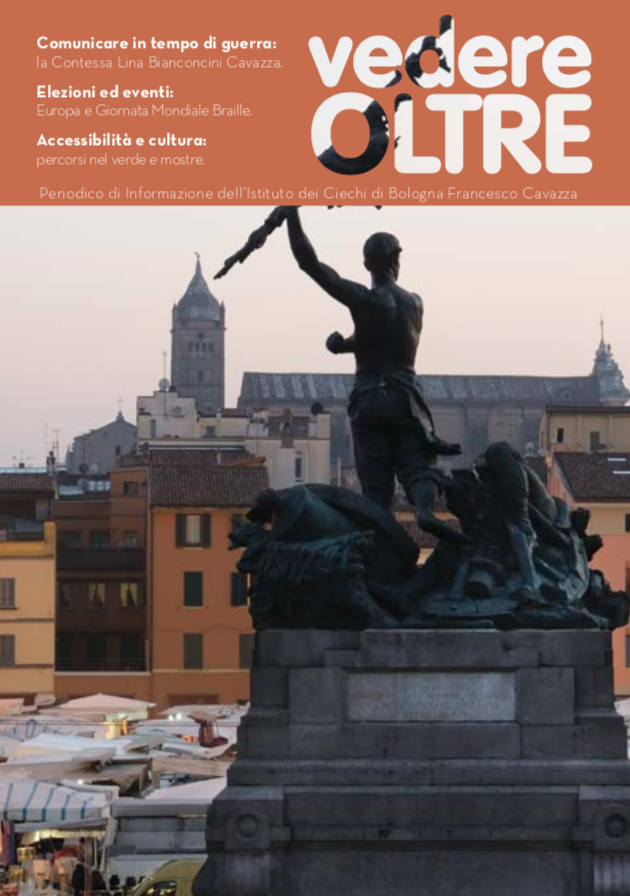Last winter, in Bologna, at the Archaeological Civic Museum, there was an important exhibition of Japanese prints dedicated to the work of two undisputed masters of ukiyo-e: Katsushika Hokusai and Utagawa Hiroshige. The term ukiyo-e translates as "pictures of the floating world," alluding to the principle of impermanence of all things in nature. The poetics of transience became widespread in Japan in the late Edo period, in a climate of cultural reinterpretation of ancient philosophical and mystical principles, and led the nineteenth century to reinterpret the Buddhist philosophical foundations of the floating world. The ukiyo-e genre emerged in the Japanese print at the end of the seventeenth century, but the word has very ancient origins. Initially, it implied a negative Buddhist meaning, according to which life (yo) on earth would be tedious (uki) and above all transitory, impermanent and destabilizing in all its physical aspects, in contrast with the way of salvation, possible only through an inner journey aimed at the absence of desire. This austere vision gradually softened in a more intimate and aestheticizing era, such as was the Edo era (1615-1867). The word uki was indicated by a different Chinese ideogram, representing the meaning of "floating." With this new meaning ukiyo became an invitation to live, therefore, to enjoy the existence by wisely accepting its transience. The celebration of the transience of beauty, never deprived of an ethic in which form and substance tend to correspond, is, however, an inevitable awareness of human finiteness and melancholy. It has the delicate poetry and the light sadness of the beginning and the end of things. The Japanese print is often a snapshot, almost an abbreviation of sensations and feelings aroused by nature, a glimpse of poetry that emerges from human consciousness, as is a haiku: a short poetic composition created in Japan in the seventeenth century. Generally composed of three lines for a total of seventeen "moras" (sound units) according to the 5-7-5 structure. The haiku genre, despite being already known and widespread in Japan, underwent a fundamental thematic and formal development in the Edo period (1603-1868), when numerous poets, including Matsuo Bash, Kobayashi Issa, Yosa Buson, used this literary genre to describe nature and human events, understood as phenomena that are not merely coincidental.
A force of contraction and expansion characterizes the haiku. It condenses in very few words a feeling because of a capacity for observation and synthesis of the nature of things, with the adoption of intuitive metaphors and for the contemplative and introspective function of poetry. Nothing is superfluous in a haiku composition; nothing is taken for granted. Everything is born out of a lightning flash and grace, just like in the Japanese print that sometimes has poetic verses, not just for illustrative purposes, but for evocative reasons as well. Purely technical or scientific research into the restitution of natural phenomena does not seem to touch the ukiyo-e genre. Precisely in the works of Hokusai and Hiroshige, which can be traced back to the Thirty-six views of Mount Fuji and to the Fifty-three post stations of the T kaid respectively, one can sense the delicacy and depth of a spontaneous reflection on the constants and variables of nature. Stereotypes do not touch the ukiyo-e genre, inclined to grasp the truth, as happens in an impressionist painting, without the obligation of plausibility. And it is not surprising that the Masters of the ukiyo-e genre were dear to the French painters of the second half of the nineteenth century and how much the Dutch and romantic Nordic tradition has influenced the artists of the Rising Sun. Something similar is reflected in The Great Wave of Katsushika and in The Monaco by the Sea by Caspar David Friedrich. However different, the two representations present a principle of internal compensation that makes the tragedy (not revealed) of the shipwreck off the coast of Kanagawa an event pervaded by a choral consciousness of the indomitable force of nature, and the contemplation of Monaco, in the presence of the immeasurable, a question in regards to the human condition, regardless of faith and dogmatism, which remains unanswered. The absolute seascape by Hokusai and the infinite vista by Friedrich, works presented in a tactile version at the Anteros Museum and explored by blind and visually impaired people from the East and the West, seem to be perspectives; they are geometries of the soul.






.png)